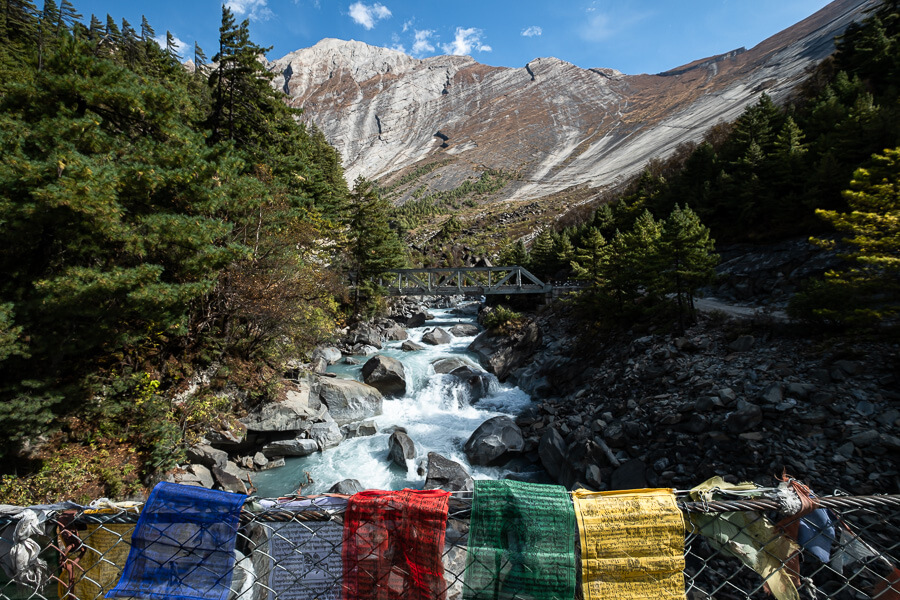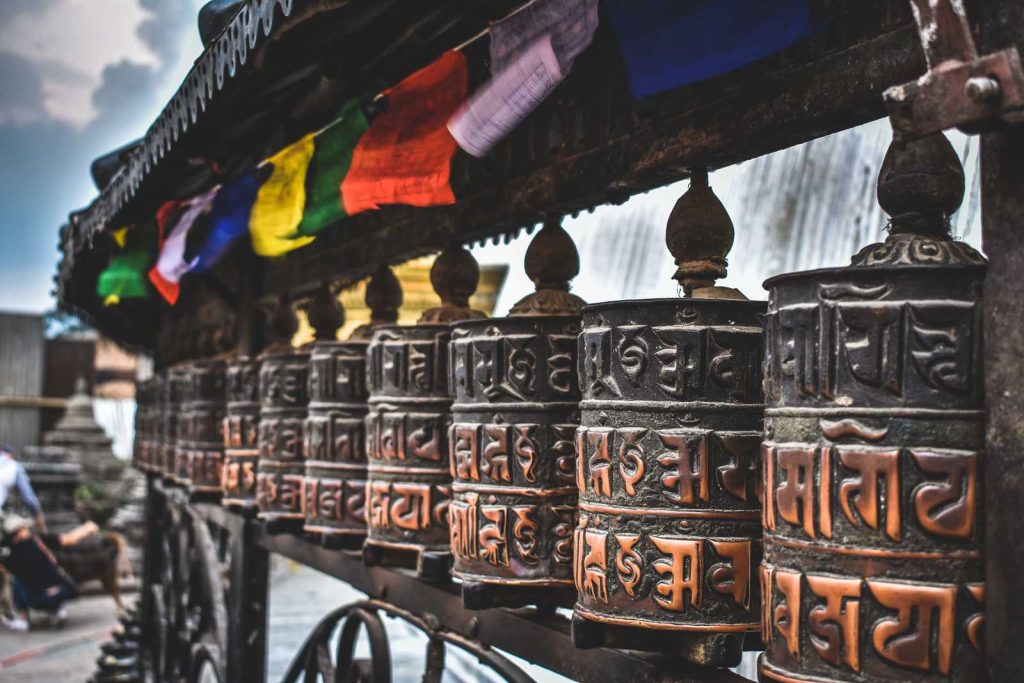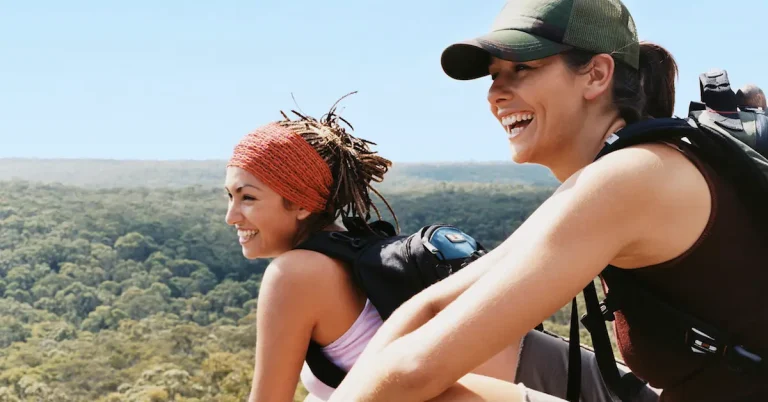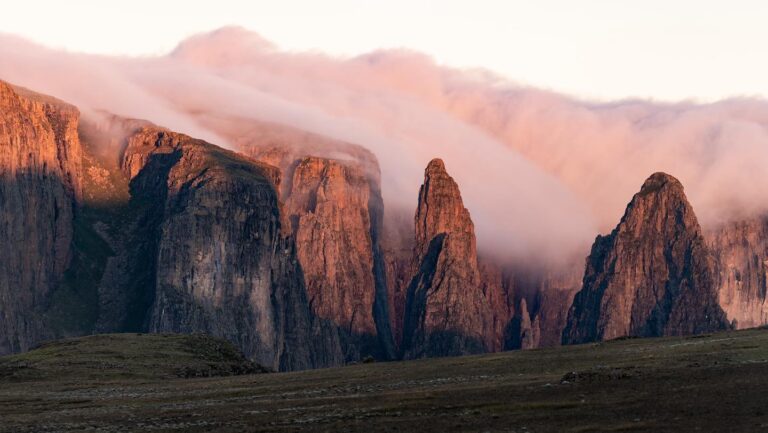Everest Base Camp Trek: Where Dreams, Dust, and Dal Bhat Collide

There are two kinds of people who sign up for the Everest Base Camp trek:
- Those who saw a documentary and thought, “Wow, that looks inspiring.”
- Those who know full well they’ll be breathless, blistered, and slightly broken… and still thought, “Yep. That’s for me.”
If you fall into the second category — welcome home. This is your no-nonsense, no-sugar-coating guide to what it’s actually like trekking to Everest Base Camp with Soul Adventures. You’ll get the full scoop on route details, altitude strategies, gear, tea houses, yak dodging, and what to expect from the ultimate Himalayan pilgrimage.
What Is the Everest Base Camp Trek, Really?
In plain English: it’s a 120-kilometre round-trip hike from Lukla to Everest Base Camp, gaining over 2,500 metres of elevation and maxing out at 5,545m above sea level. No technical climbing is required, but don’t let that lull you into complacency — you’ll be trekking at altitudes where oxygen is as scarce as Wi-Fi and every incline feels like summit day.
It’s the perfect gateway trek for adventurers who aren’t ready (yet) to climb Everest but want to get up close and personal with the highest mountain on Earth.
Highlights of the Trek (Besides the Blisters)
- Walking through Sagarmatha National Park, a UNESCO World Heritage Site
- Visiting Sherpa villages with rich Buddhist culture and stupas around every corner
- Trekking alongside mani walls, prayer wheels, and suspension bridges that demand a deep breath and maybe a quick prayer
- Reaching Everest Base Camp (5,364m), where climbers begin their summit push — and you begin your bragging rights
- The view from Kala Patthar (5,545m) — hands down the best place to see Everest in all her glory
Route Overview: Lukla to Base Camp and Back
The standard Everest Base Camp trek follows this route:
- Kathmandu (1,400m)
- Lukla (2,860m) – fly in via one of the most thrilling short-haul flights known to mankind
- Phakding (2,610m) – peaceful village by the river
- Namche Bazaar (3,440m) – Sherpa hub, acclimatisation base, coffee stronghold
- Tengboche (3,860m) – home to a beautiful monastery and regular cloud cover
- Dingboche (4,410m) – gateway to alpine zones
- Lobuche (4,940m) – glacial, cold, dramatic
- Gorakshep (5,164m) – final village before Base Camp
- Everest Base Camp (5,364m) – you made it
- Kala Patthar (5,545m) – optional sunrise hike for best Everest views
- Return via same route



Day-by-Day Itinerary: Everest Base Camp Trek the Soul Adventures Way
Day 1: Arrive in Kathmandu (1,400m)
Your Himalayan journey begins in Nepal’s vibrant, chaotic capital. Meet the Soul Adventures team, enjoy welcome dinner, gear check, and marvel at the miracle that is Thamel — a backpacker jungle of trekking shops, momos, and motorbikes.
Day 2: Flight to Lukla (2,860m) → Trek to Phakding (2,610m)
This 35-minute flight is not for the faint-hearted. Tiny plane, mountain runway, no room for error — and that’s just the start. After landing, it’s a short downhill walk to Phakding. Enjoy the calm before the altitude storm.
Day 3: Trek to Namche Bazaar (3,440m)
This is where the legs start to feel it. Cross five suspension bridges, including the Hillary Bridge (you’ll know it when you see it), and begin a relentless uphill climb into Namche — the Sherpa capital of the Khumbu. Real coffee, decent Wi-Fi, and the last place you’ll see leafy greens for a while.
Day 4: Acclimatisation Day in Namche
We hike to Everest View Hotel (3,880m) — and yes, the name delivers. This is “climb high, sleep low” in action, crucial to get your body used to the oxygen drop. You’ll be fine… mostly.
Day 5: Trek to Tengboche (3,860m)
Leave Namche, cruise the contour trail with massive Ama Dablam views, descend to a river crossing, then grind your way up through rhododendron forest. Tengboche Monastery awaits — peaceful, atmospheric, occasionally surrounded by mist and yaks.
Day 6: Trek to Dingboche (4,410m)
Altitude starts to nibble. As the trees disappear, the scale of the Himalayas gets overwhelming. Dingboche is cold, rocky, and beautiful — and now you’re sleeping above 4,000m.
Day 7: Acclimatisation Hike to 4,900m Ridge
Another “rest” day that will leave you breathless — literally. You’ll hike up a steep ridge behind Dingboche for views of Makalu and Island Peak. Your reward? Lunch, rest, and a good night’s sleep (hopefully).
Day 8: Trek to Lobuche (4,940m)
The trail leads past memorials to fallen climbers — a sobering reminder of Everest’s harsh reality. The air is thin, the path rough, and your appetite might be gone. But the mountains? Unbelievable.
Day 9: Trek to Gorakshep (5,164m) → Everest Base Camp (5,364m)
You’ll reach Gorakshep by midday, grab a quick lunch, then head to Base Camp. The terrain is lunar: glacial moraine, boulders, and a surreal sense of history. You won’t see Everest’s peak, but you’ll stand where legends begin their summit bid.

Day 10: Optional Sunrise Hike to Kala Patthar (5,545m) → Descend to Pheriche
Kala Patthar is steep, frozen, and painfully early. But the view — Everest glowing gold in the morning sun — is worth every frozen breath. Then down, down, down to thicker air and grateful lungs.
Days 11–13: Trek back to Lukla
The return journey is faster but tougher on your knees. Energy levels return. Showers and pizza dreams take over. Back in Lukla, you’ll celebrate with beer and a headlamp-charging frenzy.
Day 14: Fly to Kathmandu → Celebration Dinner
One last flight. One last round of chai. And back to Thamel for a celebratory meal — probably with a cold beer and 600 photos of clouds.
Altitude: How to Survive the Thin Air Without Losing Your Mind
Altitude affects everyone differently. Some skip up to 5,000m without trouble. Others feel like a zombie at 3,200m. That’s why our itinerary includes two full acclimatisation days and a carefully measured ascent profile.
Our Strategy:
- Trek slow — painfully slow if needed
- Hydrate like your life depends on it (because it kind of does)
- Take altitude meds if recommended by your doctor
- Rest at the first sign of AMS symptoms
- Practice “hike high, sleep low” whenever possible
We carry emergency oxygen, oximeters, and the experience to make smart calls.
Food and Teahouses: The Dal Bhat Diaries
You’ll sleep in rustic teahouses — think timber walls, solar lighting, shared bathrooms, and warm dining rooms powered by a yak-dung stove. Cozy and simple.
Expect meals like:
- Dal bhat (every day, every meal, forever)
- Chow mein or fried rice
- Eggs, pancakes, and porridge for breakfast
- Tea: ginger, lemon, honey, garlic (for altitude), and all the milk powder
Pro tip: Pack your favourite misery snacks. Trail mix, biltong, energy bars, and a few Snickers will save your sanity at 4,800m.



Packing List Essentials
We give you a full kit list, but here are the non-negotiables:
Clothing
- 3-layer system: base, mid, waterproof outer
- Down jacket (essential at 5,000m)
- Beanie, gloves (liners + insulated), Buffs
- Trekking pants + thermal leggings
Gear
- Sturdy hiking boots (well broken-in)
- Sleeping bag (-10°C comfort rating)
- Trekking poles
- Daypack (30L) and duffel for porters
- Headlamp, power bank, wet wipes, lip balm
Medical
- Altitude meds (Diamox)
- Rehydration sachets
- Blister kit
- Sunscreen SPF 50+
We’ll walk you through every item before departure. No surprises (except the weather).
Why Trek to Everest Base Camp with Soul Adventures?
We’re not just a trekking company — we’re your pre-trip trainers, gear advisors, hype crew, mountain therapists, and disaster prevention squad.
What we offer:
- Fully guided, professionally supported trek
- Two local guides + porters per group
- Emergency oxygen and first aid
- Pre-trip hiking weekends in South Africa
- Gear discounts and rental advice
- Flights, permits, meals, transfers, and hotels included
- A community of like-minded mountain misfits
This is Everest Base Camp, the Soul Adventures way — raw, real, and unforgettable.



Final Thoughts: This Isn’t Just a Trek — It’s a Transformation
By the time you stand at Base Camp, you’ll have battled altitude, exhaustion, culture shock, and your own inner critic. And when you return home, people will ask:
“Was it hard?”
And you’ll say: “Absolutely. But I’d do it again tomorrow.”
Book your spot now on our next Everest Base Camp trek with Soul Adventures.
Because comfort zones never built legends.





